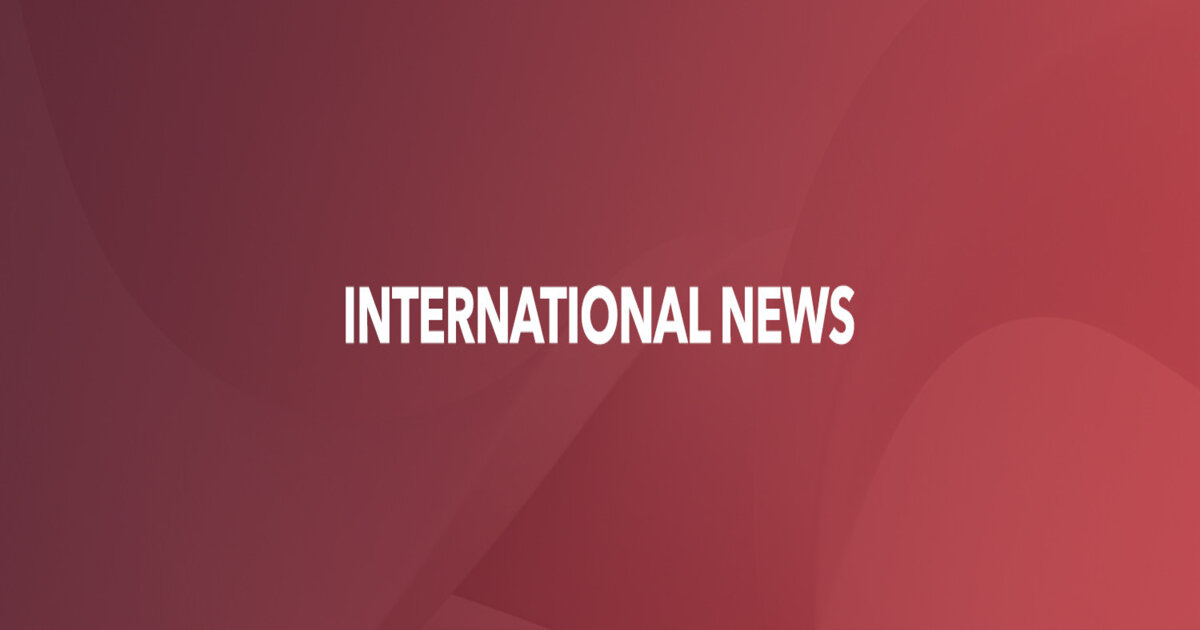INP-WealthPk
ISLAMABAD, Dec 02 (INP-WealthPK): Though all indicators show that the economy is going to achieve the growth target for the current financial year, rising international commodity prices, widening of the current account deficit and pressure on the rupee are the causes for concern. “The second estimates of the cotton crop along with the latest performance of high frequency variables are encouraging and set an optimistic baseline scenario,” according to the monthly Economic Update and Outlook for November released by the finance ministry. This year’s cotton production has registered an increase of 32.8% to 9.4 million bales against the last year’s 7.1 million bales. Meanwhile, the Federal Committee on Agriculture has set the wheat production target for 2021-22 at 28.9 million tonnes. The first quarter of FY22 saw largescale manufacturing (LSM) post a growth of 5.15% against growth of 4.53% during the same period of last year. Twelve out of 15 subsectors of LSM witnessed positive growth during this year’s first quarter. The July-October period also witnessed a slight decrease in the Consumer Price Index (CPI) inflation at 8.74% against 8.87% during the same period last year. Inflation has started declining after going over 11% in April, thanks to a drop in prices of agricultural products. The first three months of the current fiscal year recorded a reduction of 0.8% in fiscal deficit to Rs438.5 billion against 1.1% (Rs484.3 billion) in the comparable period of last year. The primary balance remained in surplus and stood at Rs184.2 billion (0.3% of GDP) in the first quarter of FY22 against the surplus of Rs257.7 billion (0.6% of GDP) last year Tax collections of the Federal Board of Revenue increased significantly, exceeding its target by 14.7% as the bureau collected Rs235.9 billion higher taxes than the target fixed for July-Oct quarter. The provisional net collection grew by 36.8% to reach Rs1.842 billion against Rs1.347 billion during the period under comparison. Domestic tax collection grew by 35.9% to Rs1.551 billion against Rs1.141 billion during the period under review. Of the domestic taxes, the direct tax increased by 31.9%, sales tax by 41.4% and FED by 19.6%. Customs duty grew by 41.4%. According to the finance ministry’s monthly economic outlook, the State Bank of Pakistan had to raise the policy rate by 150 basis points to 8.75% owing to associated risks related to inflation and balance of payment, but the outlook for growth continued to improve. The report notes that though Pakistan is on a high growth path it is confronted with persistent inflationary pressures caused by the rupee depreciation that followed the previous balance of payments crisis, reinforced by the acceleration of worldwide inflation and the exceptional surge in international commodity prices. These events put a lot of stress on the external accounts, more specifically on the balance in trade of goods and services and from there on the current account balance. The government aims to alleviate this stress as much as possible by implementing structural measures as well as by demand policy management. In terms of demand management, fiscal consolidation, while protecting the vulnerable sections of the population from the surge in food and energy prices, is the main objective of the fiscal policy. At the same time, SBP is redirecting monetary policy from an accommodative to a more neutral stance, the report notes.




